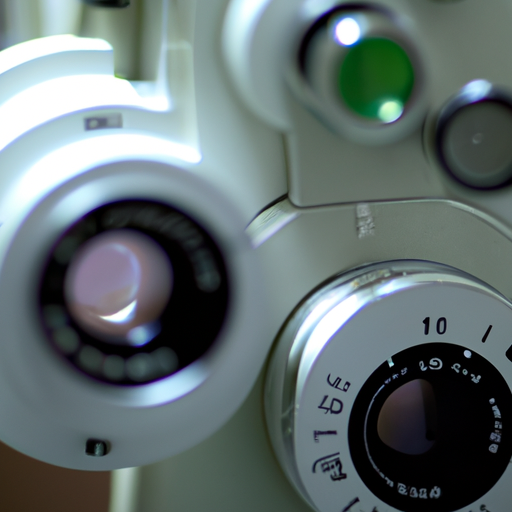Common Optical Instruments: Popular Models

Optical instruments have revolutionized the way we observe and understand the world around us. From microscopes to telescopes, these instruments have allowed us to explore the microscopic and the vastness of the universe. In this article, we will explore some of the most popular models of common optical instruments, their features, and their applications.
Microscopes:
1. Compound Microscope: The compound microscope is one of the most widely used optical instruments in scientific research, education, and medical fields. It consists of two lenses, an objective lens and an eyepiece, which work together to magnify the specimen. The compound microscope can achieve high magnification levels, allowing scientists to observe cells, microorganisms, and other small structures.
Popular models of compound microscopes include the Olympus CX23, Nikon Eclipse E200, and Zeiss Primo Star. These models offer various features such as brightfield and phase contrast illumination, digital imaging capabilities, and ergonomic designs for comfortable use.
2. Electron Microscope: Unlike the compound microscope, the electron microscope uses a beam of electrons instead of light to magnify the specimen. This allows for much higher magnification levels and resolution, making it suitable for studying the ultrastructure of cells and materials at the nanoscale.
The popular models of electron microscopes include the JEOL JEM-2100Plus, FEI Tecnai G2 Spirit, and Hitachi HT7700. These models offer advanced features such as high-resolution imaging, energy-dispersive X-ray spectroscopy, and scanning transmission electron microscopy.
Telescopes:
1. Refracting Telescope: The refracting telescope uses a combination of lenses to gather and focus light, allowing us to observe distant objects in the sky. It is commonly used for astronomical observations and stargazing. The refracting telescope provides clear and sharp images, making it suitable for both amateur and professional astronomers.
Popular models of refracting telescopes include the Celestron PowerSeeker 127EQ, Meade Instruments Infinity 102mm, and Orion AstroView 90mm. These models offer various features such as large apertures for better light gathering, sturdy mounts for stability, and accessories like eyepieces and finderscopes.
2. Reflecting Telescope: The reflecting telescope uses a curved mirror instead of lenses to gather and focus light. It is widely used in astronomy and astrophotography due to its ability to capture faint and distant objects. Reflecting telescopes are known for their versatility and larger apertures, allowing for better light gathering and higher resolution.
Popular models of reflecting telescopes include the Celestron NexStar 8SE, Orion SkyQuest XT8, and Meade Instruments LX90-ACF. These models offer features such as computerized mounts for automated tracking, motorized focusing, and advanced optics for enhanced image quality.
Spectrometers:
1. UV-Visible Spectrophotometer: UV-Visible spectrophotometers are used to measure the absorption and transmission of light in the ultraviolet and visible regions of the electromagnetic spectrum. They are widely used in chemistry, biochemistry, and environmental analysis. UV-Visible spectrophotometers provide quantitative data on the concentration of substances in a sample.
Popular models of UV-Visible spectrophotometers include the Thermo Scientific Evolution 201, Shimadzu UV-1800, and PerkinElmer Lambda 365. These models offer features such as multiple scanning modes, high wavelength accuracy, and user-friendly software for data analysis.
2. Fourier Transform Infrared Spectrometer (FTIR): FTIR spectrometers are used to analyze the infrared region of the electromagnetic spectrum. They are commonly used in materials science, pharmaceuticals, and forensic analysis. FTIR spectrometers provide information about the chemical composition and molecular structure of a sample.
Popular models of FTIR spectrometers include the Bruker Alpha, PerkinElmer Spectrum Two, and Shimadzu IRTracer-100. These models offer features such as high spectral resolution, rapid scanning capabilities, and advanced software for spectral interpretation.
Conclusion:
Optical instruments play a crucial role in various scientific, medical, and industrial fields. From microscopes to telescopes and spectrometers, these instruments enable us to explore the microscopic world, observe distant objects in the universe, and analyze the composition of materials. The popular models mentioned in this article represent a wide range of features and applications, catering to the diverse needs of researchers, educators, and enthusiasts. As technology continues to advance, we can expect even more sophisticated optical instruments to further expand our understanding of the world around us.






